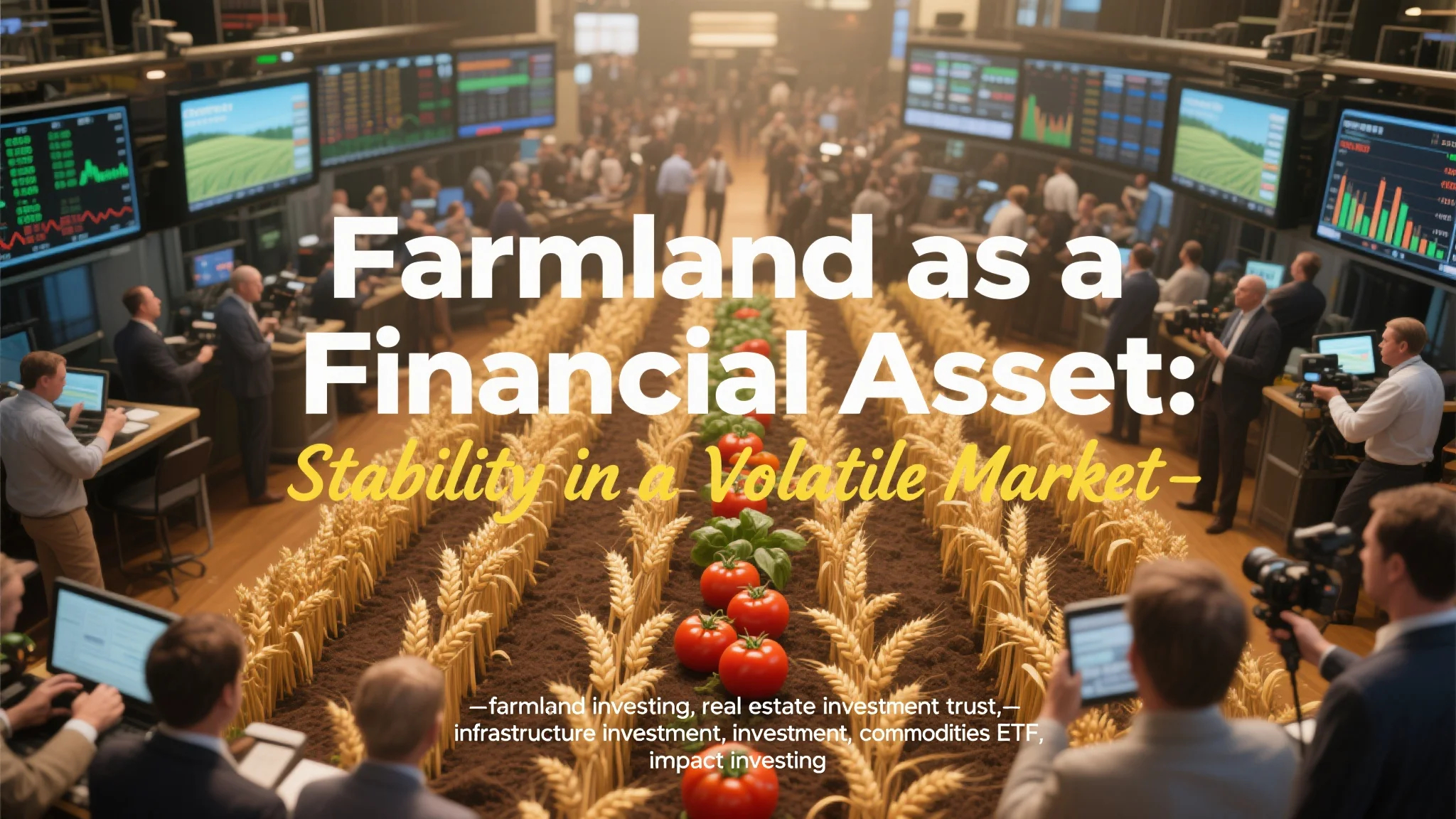
Farmland as a Financial Asset: Stability in a Volatile Market
The Fundamentals of Farmland Investing
Farmland investing has emerged as a compelling alternative asset class offering both stability and growth potential. Unlike traditional real estate, agricultural land produces essential commodities while appreciating in value over time. The finite supply of arable land combined with growing global food demand creates a favorable long-term investment thesis.
Successful farmland investing requires understanding regional agricultural dynamics, soil quality classifications, and water rights. Investors typically participate through specialized funds that acquire and professionally manage farmland portfolios. These investments often generate returns from both annual crop production and long-term land appreciation.
Real Estate Investment Trusts for Farmland Exposure
Several real estate investment trust options now provide exposure to agricultural properties without direct land ownership. These REITs own and operate farmland across different geographies and crop types, offering investors diversified exposure to the sector. Farmland REITs typically lease properties to experienced operators and pass through rental income to shareholders.
When evaluating real estate investment trust opportunities in agriculture, investors should assess portfolio composition, tenant quality, and geographic diversification. Some REITs specialize in permanent crops like orchards and vineyards, while others focus on row crop production. Each approach carries different risk/return characteristics.
Infrastructure Investment in Agricultural Systems
Infrastructure investment plays a crucial role in modern agriculture, encompassing irrigation systems, grain storage facilities, and transportation networks. These essential assets often benefit from long-term contracts and inelastic demand, creating stable cash flows. Farmland investors should consider how infrastructure access impacts property values.
Specialized infrastructure investment funds now target agricultural supply chain assets, offering another avenue for farmland-adjacent exposure. These investments typically feature lower volatility than direct farmland ownership while still benefiting from secular growth in food production needs.
Commodities ETFs for Agricultural Exposure
Commodities ETF products provide indirect exposure to farmland through agricultural commodity futures. While not direct land ownership, these instruments allow investors to benefit from rising crop prices that ultimately drive farmland income and values. ETFs tracking corn, wheat, and soybean futures are among the most liquid options.
The best commodities ETF choices for agricultural exposure consider factors like contract roll strategies and expense ratios. Some ETFs focus on single commodities, while others provide broad baskets of agricultural futures. These instruments can serve as hedging tools for direct farmland investors.
Impact Investing Through Sustainable Agriculture
Impact investing in farmland emphasizes regenerative practices that restore soil health and sequester carbon. Sustainable agriculture investments often command premium pricing from environmentally conscious consumers and corporate buyers. This approach aligns financial returns with positive environmental outcomes.
When pursuing impact investing in agriculture, investors should verify sustainability claims through third-party certifications. Metrics like water use efficiency, biodiversity impact, and chemical input reduction help quantify environmental benefits. These factors increasingly influence farmland valuation multiples.
Building a Balanced Agricultural Portfolio
The most successful investors combine direct farmland investing with real estate investment trust exposure. They may include infrastructure investment in agricultural systems while using commodities ETF products for tactical positions. Impact investing principles can guide allocation decisions.
This diversified approach helps manage risks specific to any single agricultural investment. Most financial advisors recommend keeping farmland and related allocations between 5-15% of total portfolio value, depending on individual risk tolerance and investment objectives.
Risk Management in Farmland Investing
While farmland investing offers portfolio stability benefits, it carries unique risks including commodity price volatility and climate variability. Professional management is essential to navigate operational challenges and maximize returns. Investors should conduct thorough due diligence on regional growing conditions and property-specific characteristics.
The illiquid nature of farmland makes proper cash flow planning critical. Many successful investors maintain adequate liquidity reserves to cover multiple years of expenses, ensuring they don’t need to sell properties during unfavorable market conditions.


